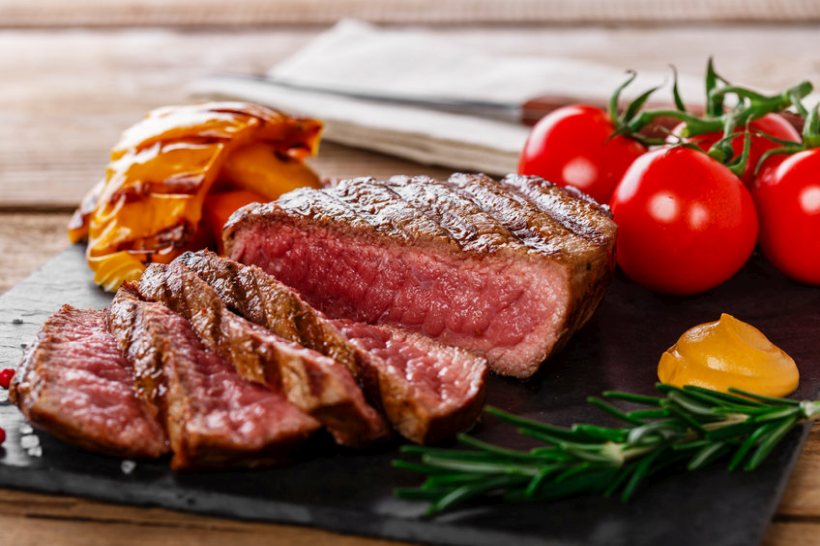
Premium cuts of beef such as steaks and roasting joints are forming a higher percentage of the meat that consumers are buying, data shows.
Last year's beef retail trends in Britain will be seen as a vindication of recent marketing strategies to promote steak nights and family dining over the past two years.
Overall, consumption of beef by British shoppers is down slightly on the unusually strong year of 2020 when lockdowns had a big impact on retail trends, but still comfortably above 2019 levels.
British people spent £2.4bn on beef in 2021, amounting to a total volume of 297,000 tonnes, which is 8.1% below 2020 but 6.5% above the pre-pandemic trends seen in 2019.
Volume sales of roasting joints in 2021 were 16% up on 2019, accounting for 16.5% of beef sales as opposed to 15% two years ago.
Steak sales are also up against the same benchmark, now accounting for 18.8% of the volume of beef sold in British shops, as opposed to 17.6% in 2019.
Conversely the proportion of beef sold as mince continues to fall, from 53.1% in 2019 to 50.4% in 2021.
The data, from consumer research specialists Kantar, has been described by Hybu Cig Cymru – Meat Promotion Wales (HCC) as an encouraging trend.
Data analyst Glesni Phillips noted that the proportion of beef sold as the cheapest cuts had been a significant concern for farmers and processors.
“A balance of sales of premium and more affordable cuts are essential for the profitability of the beef sector,” said Ms Phillips.
“The growing proportion of the carcase sold as mince was a real concern, but it’s promising that this trend has reversed since 2019.”
“This situation will still have to be monitored, as the rising cost of living puts the squeeze on family finances."
